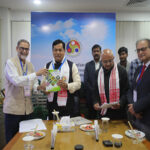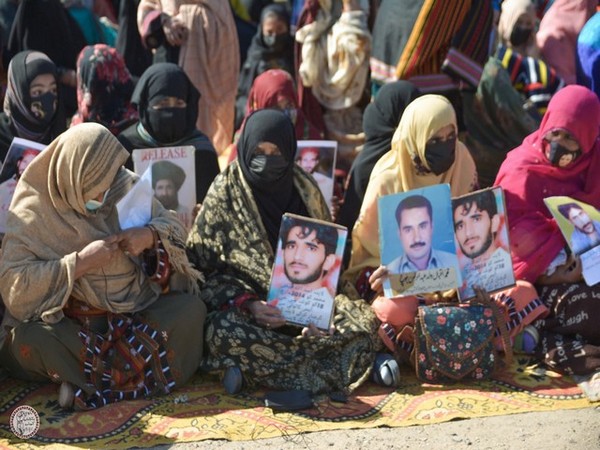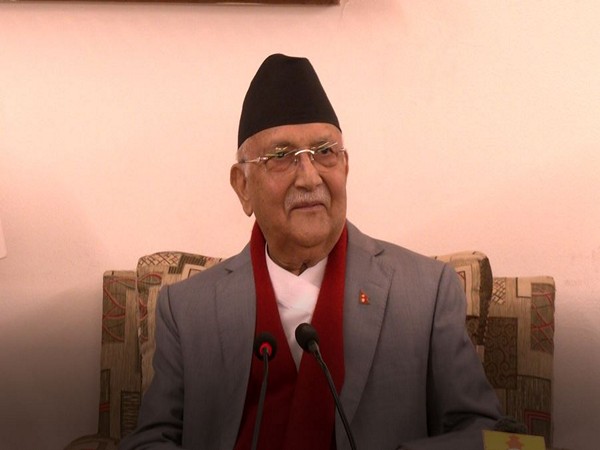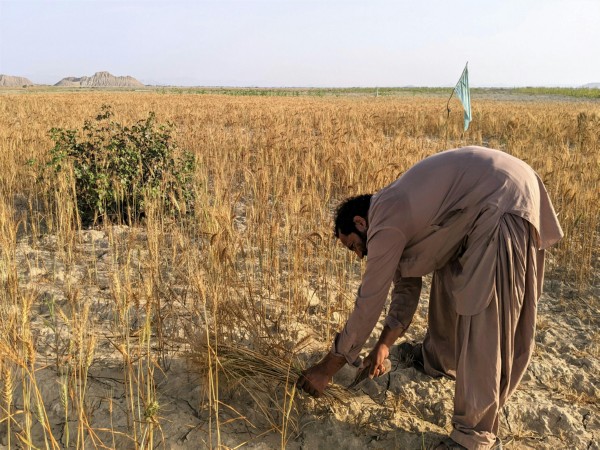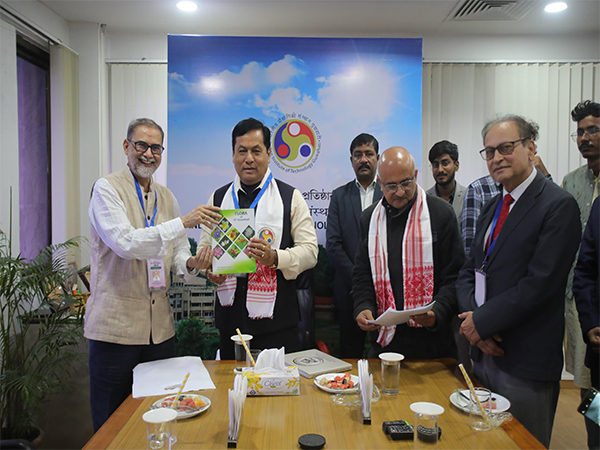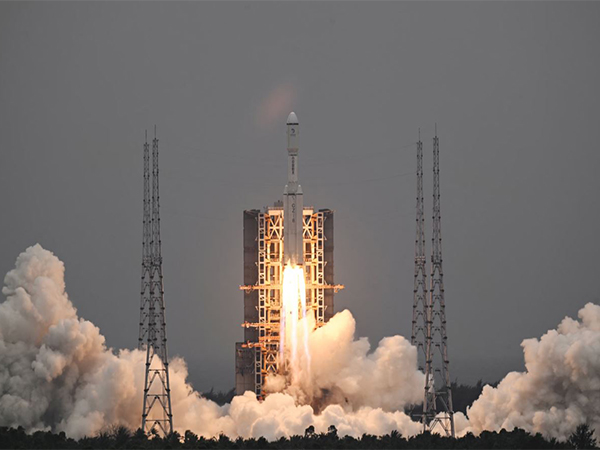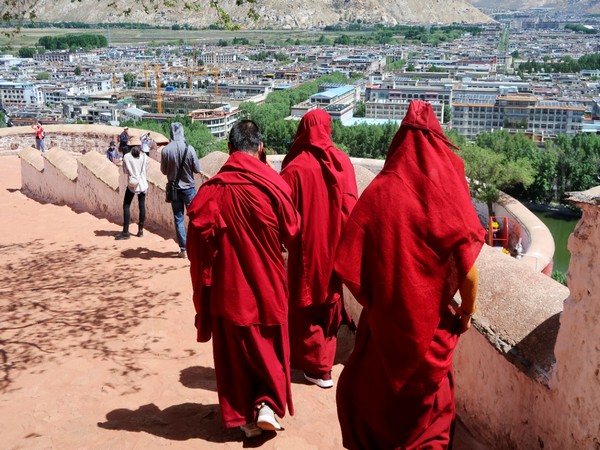
Lhasa [Tibet], June 4 (ANI): The Indian Nalanda Buddhist masters had made a huge contribution to spreading the doctrine of Buddhism to the Far East countries. Atisha Dipaikara, who was born as a royal prince to the Gaur family of Vikramanipur city in Bengal in the year 980 AD which was then under the Pala Empire of Ancient India, was the second among three of siblings of King Kalyan Shri and Queen Prabhavati and was given the name Chandragarbha, Tibet Press reported.
The accounts of Atisha Dipankara’s life are found in Tibetan texts–biographies, doctrinal works, catalogs and hymns written in praise. On his path to spirituality, Atish studied under many great masters like Jetari, Guru Avadhuti, Sri Rakshita from whom he received his monk ordination and was given the name Dipankarasrijnana.
The eminent spiritual Acharyas like Bodhidharma in China, Dhyanabhadra in Korea and Atisha Dipaikara in Tibet, are well-known saint philosophers who through their scholastic work have earned enormous recognition and became the figure of veneration down to the present in these countries. Further, in order to enhance the highest quality of knowledge and practice on Bodhichitta, Atisha traveled to Suvarnadvipa, presently known as Sumatra in Indonesia and studied under a sublime teacher named Dharmakirti who in Tibetan is known as Lama Serling pa.
After studying for 12 long years in Suvarnadvuipa, when Atisha returned back to India he was appointed as the Abbot of Vikramashila monastery, Tibet Press reported. Through his skills in debate and philosophy, Atisha rose to a figure of prominence not only in India but his fame reached upto the land of snow i.e Tibet where Lha Lama Yeshe Od and his nephew Jangchup Od took great hardships in inviting him to Tibet.
Subsequently, on his path to spirituality, Atish studied under many great masters like Jetari, Guru Avadhuti, Sri Rakshita etc. from whom he received his monk ordination and was given the name Dipankarasrijnana. Atisha was invited by Lha Lama Yeshe Od at the time when the state of Buddhism in Tibet was in a destitute condition as the 42nd Tibetan king Lang-dharma suppressed Buddhism under the influence of Bon religious protagonists.
Buddhism in Tibet was nearly declined and the Buddha’s teachings were diluted by many misinterpretations. Upon his arrival in 1042, Atisha was given a warm welcome by Changchub Od and his people. During his stay in Tibet, Atisha emphasized on the revival of pure Mahayana doctrine by dispelling many misconceptions that continued earlier.
Atisha and his disciples made corrections and revisions to the Tibetan translations of the Buddhist texts, thus, clarifying many confusing points. He also expounded several works on the principles and cult of the general and esoteric branches of Buddhism. Atisha Dipankara stayed in Tibet for 17 years and his noble deeds are gratefully remembered by all his disciples. Tibetan history credits Atisha Dipankara as the reformer of Buddhism and laying its foundation in pure form in Tibet, according to Tibet Press. (ANI)




